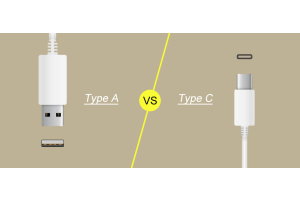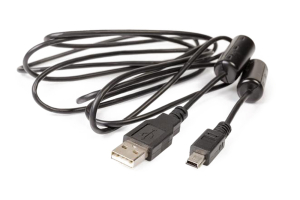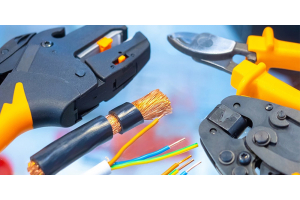Understanding High Voltage Connectors: Usage and Safety Considerations
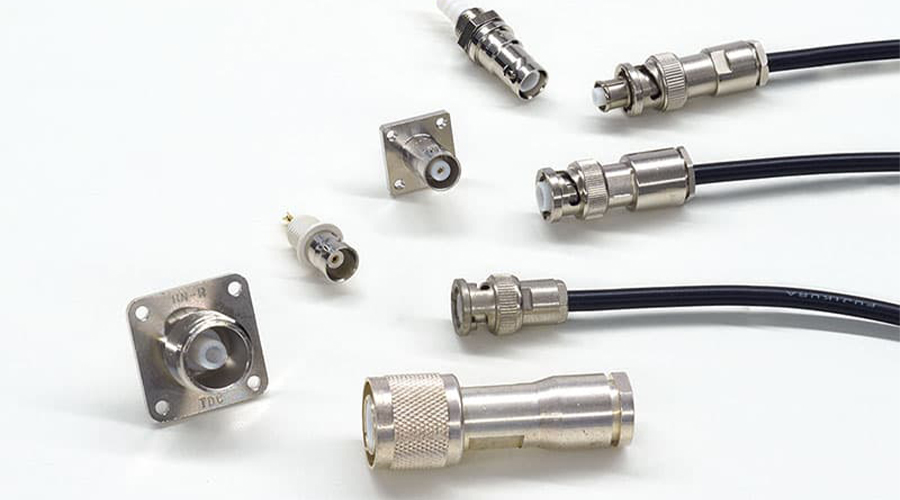
Some test equipment requires a boosted commercial 100VAC to generate high voltages. In electric vehicles, the voltage of the inverter and battery circuits rises as the motor voltage rises. Familiar high-voltage equipment includes X-ray machines (diagnostic X-ray imaging equipment). The X-ray tubes used in medical X-ray machines and analyzers are vacuum tubes that must be replaced after a certain amount of time in operation. the X-ray tubes and the high voltage power supply are connected via high voltage connectors to ensure easy interchangeability. For this reason, high voltage connectors are commonly used to connect high voltage devices used in medical, scientific and analytical equipment to improve their ease of use and reduce maintenance.
This article will describe the types of high-voltage connectors that are safe and reliable for use in high-voltage circuits and precautions for their use.
Characteristics of High Voltage Connectors
High voltage connectors allow easy installation/removal of high voltage wiring without the need for screw fastening used in normal wiring connections. As a result, high-voltage devices (e.g., X-ray tubes, PMTs, piezoelectrics, MCPs, electron beams, and ion beams) can be easily changed or replaced, and equipment can be easily moved or relocated. The use of high voltage connectors allows for quick and easy wiring to change and move equipment in laboratories, facilities and factory lines.
Types of High Voltage Connectors and Their Overview
There are many types of high voltage connectors and high voltage applications, including power transmission and the use of high voltage in medical and scientific applications. High voltage connectors are used to easily connect and disconnect when installing wiring to send high voltage electricity from a power source to a device. They can be categorized into three main types depending on the type of high voltage cable used.
- Unshielded High Voltage Cable Connectors
These include high voltage connectors for unshielded single core high voltage cables, high voltage silicon cables and high voltage Teflon cables. There is no universal standard; instead, specialized connectors are used that are unique to the manufacturer of the high voltage equipment and connectors. - Coaxial High Voltage Cable Connectors
High voltage connectors such as BNC, MHV or SHV are used to connect shielded single core coaxial cables. Although other coaxial cable connectors such as SMA, SMB and SMC can be used, they cannot be used for very high voltage applications. There are also connector manufacturers' proprietary high voltage connectors that are used as a de facto standard in some applications. - Multi-Conductor High Voltage Cable Connectors
Multi-conductor high voltage cable connectors are used for X-ray tubes, electron beams, ion beams, etc. For medical X-ray equipment, the connectors are made from a single cable. For medical X-ray equipment, the connectors are standardized by JIS or other similar standards.
Common types of high voltage connectors
MHV, also known as BNC-HV (BNC High Voltage), is a high-voltage connector used to connect high-voltage coaxial cables to various devices.
When transmitting high-frequency power, power cannot be successfully transmitted if coaxial cables and connectors with different characteristic impedances are connected. Therefore, it is important to properly connect coaxial cables and connectors with matching impedances.
Although MHV connectors look similar to BNC connectors, they can be used at higher voltages than BNC connectors. Although MHV connectors appear to connect to BNC connectors, they cannot connect to each other because of the difference in projection. (Some offices prohibit the use of MHV connectors because they may be forced to connect.)


SHV connectors are high-voltage connectors for coaxial cables that can be used at higher voltages than MHV connectors.The SHV connector plugs are designed so that the insulator around the center of the coaxial section protrudes beyond the center electrode, increasing the creepage distance between the center contact and the outer conductor shield.
Therefore, they cannot be connected to MHV or BNC connectors.
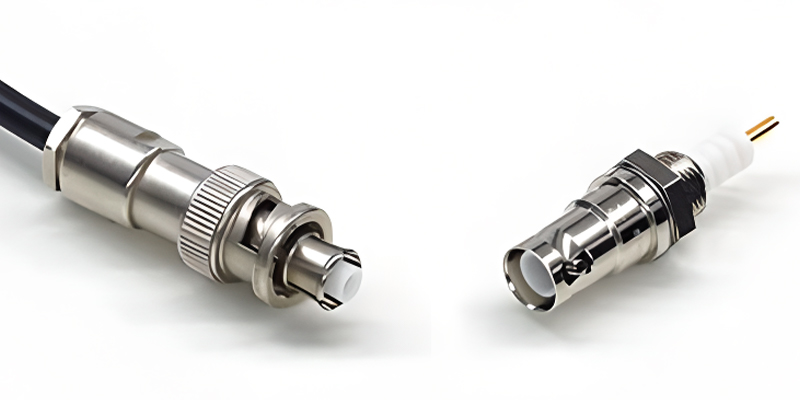

Coaxial Cable High Voltage Connectors Overview
High voltage connectors for coaxial cables include BNC, MHV and SHV connectors, as well as HN connectors and manufacturer-specific connectors. The specifications for these connectors are summarized below. Please verify the specifications required before use as they may vary from manufacturer to manufacturer. Coaxial cable high-voltage connectors are used for probe-type meters (radiation detectors), etc., where the probe is connected to the main unit via a coaxial cable.


Caution for Use The shape of the MHV connector is very similar to that of the BNC connector. Be careful to avoid making mistakes.
* Rated voltage is standard.
High voltage versions of MHV and SHV are available from connector manufacturers.
At Matsuda Precision, MHV and SHV connectors with higher rated voltages are used for products that output a higher voltage than the specified rated voltage.
When using MHV or SHV connectors and cables from other manufacturers, please pay attention to specifications such as operating voltage.
Cautions for Maintenance and Use of High Voltage Connectors
Cautions for Maintenance and Use of High Voltage Connectors
The main difference between using low-voltage and high-voltage electricity is that greater attention must be paid to safety when using high-voltage electricity. The danger of commercial 100V lines is incomparable to that of high voltage electricity. Therefore, the electrodes must be carefully inspected for exposure. Depending on the high-voltage connector, if it is not inserted carefully, the pins may bend and the terminals may come into contact with each other, resulting in a short circuit or even a broken line. Therefore, it is necessary to thoroughly inspect the connector terminals for bending or deformation before routine maintenance and connection.
Even if the standards are different, some connectors can be connected by strong insertion. This is likely to happen when the connectors are similar in shape. In addition, if there are multiple connectors, wiring errors may occur. In this case, a short circuit or wiring error in the high voltage circuit may also lead to a malfunction, which can result in complete damage to the equipment.
In addition, when the surfaces of plugs and sockets become dirty, discharge along the surface may occur due to their high voltage characteristics. Therefore, connectors should be cleaned regularly to prevent insulation failure.Type R24 connectors generally use grease; therefore, they must be lubricated regularly.
Other problems include sharp metal fragments on high-voltage cables and connectors, which may form holes in the insulation and cause short circuits. If flammable objects are nearby, a fire may start. High voltages can efficiently transmit large amounts of energy, but misconnections or short circuits can lead to serious repercussions; therefore, it is important to take appropriate measures to prevent such accidents from occurring.


